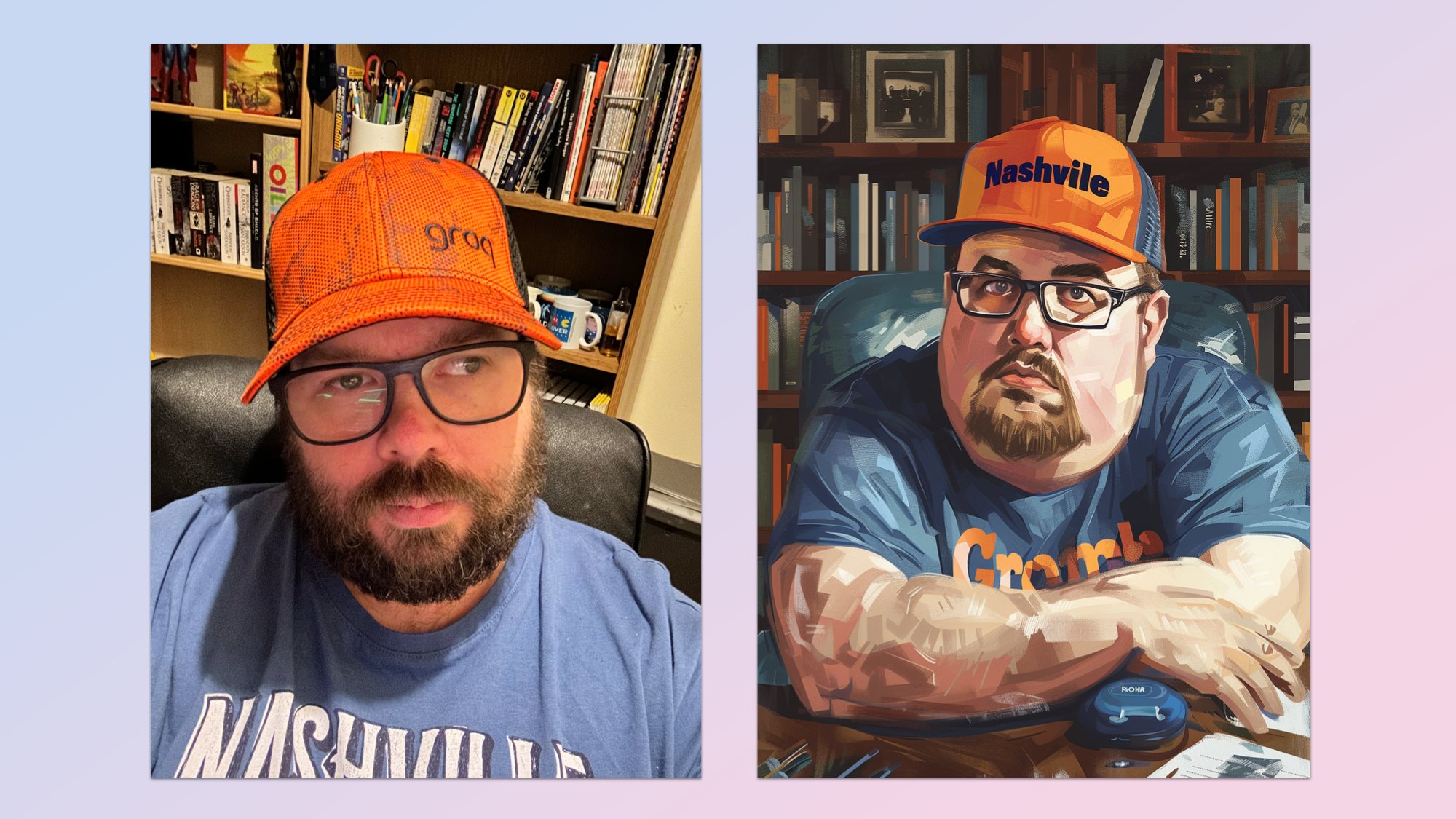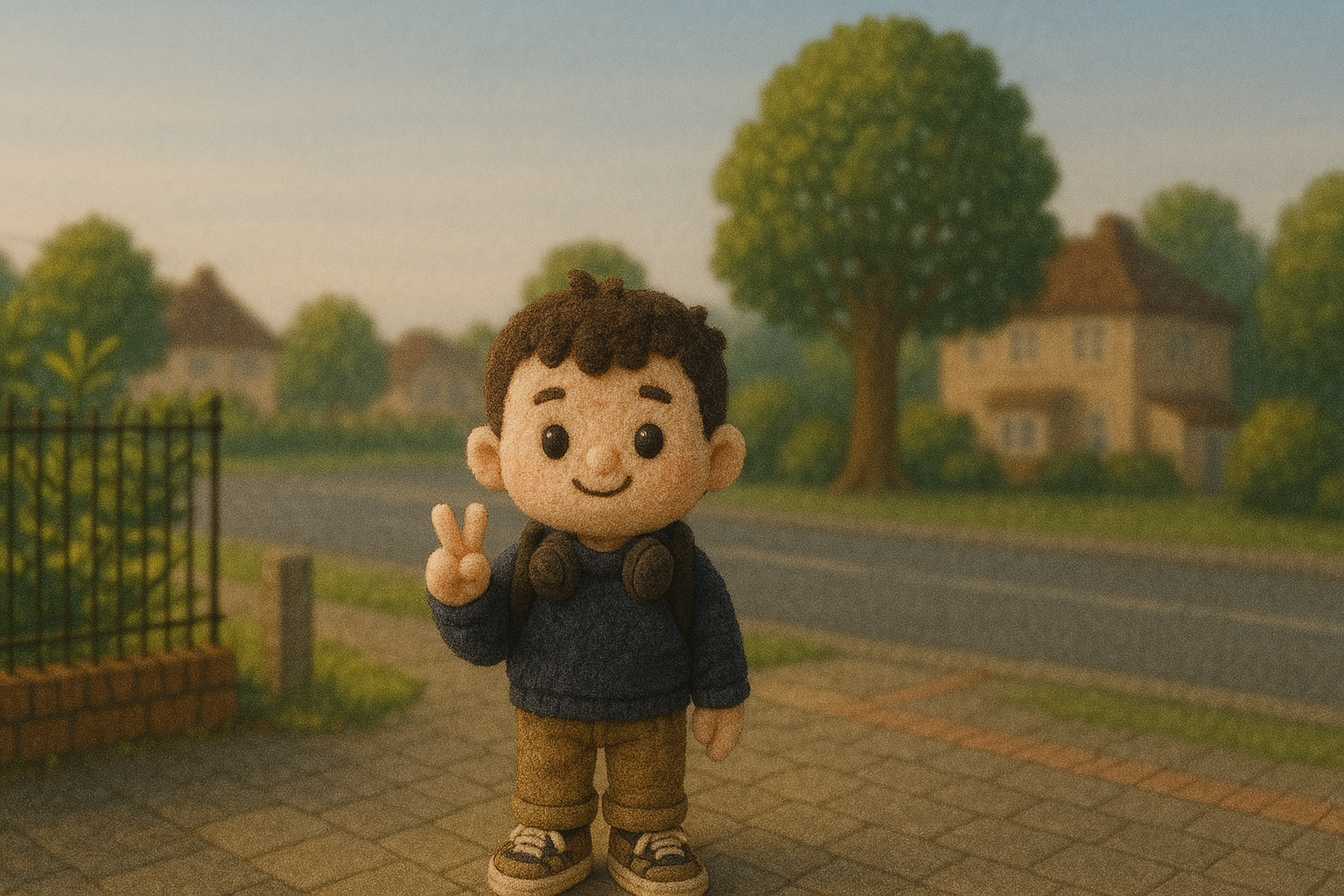Midjourney: Everything we know about the AI image tool
One of the most powerful AI image tools around

Midjourney has become a word synonymous with AI images. It was one of the first high profile generative artificial intelligence models with output going viral on social media.
Founded in Founded early in 2022 by serial entrepreneur David Holz, it began life with a call on Twitter and Reddit for high quality photographs to use in training the new model.
Since its inception it has remained steadfastly integrated into Discord, requiring will-be creators to use a bot within that communications platform to generate an image. It was only in December last year that Midjourney began to roll out limited access to a web interface for making images.
Now on the sixth version of its image generation model, Midjourney’s developers are working on 3D and video modes as part of an overall plan to build an immersive virtual environment.
Midjourney latest news (March 26)
- MidJourney just announced a huge AI expansion — here's what you'll be able to do next
- Midjouney launches new consistent character feature: Here's how it works
- I just tried MidJourney’s vastly upgraded Describe feature — and I made an alternative version of myself
What is Midjourney?

Midjourney is one of the most widely used and dominant artificial intelligence image generators on the market. It has unsurpassed realism and is able to create compelling product images.
As of version six of its underlying model Midjourney gained the ability to render legible text on to the images it creates. This opened up new avenues for marketing and advertising.
Unlike many other AI tools, focused on building market share and technology over a profitable business, Holtz said the company was already profitable by August 2022.
Sign up to get the BEST of Tom's Guide direct to your inbox.
Get instant access to breaking news, the hottest reviews, great deals and helpful tips.
Part of this may be down to focusing on Discord as an interface, but the company has been able to get people to pay a subscirption from very early in the process. Even the basic standard plan is $10 a month, and to get unlimited generations it goes up to $30/month.
How does Midjourney work?

Like Stable Diffusion, Midjourney uses a diffusion model and deep learning to create images from text or even other images, including just using another image as a style or character reference.
Unlike Stable Diffusion, the Midjourney model is closed source and proprietary so we don't know exactly how it works, although some speculation around the use of language models alongside the diffusion model helps get the more realistic output.
Midjourney has also remained loyal to Discord, operating through a messaging bot where you use /imagine to begin a prompt and append the prompt with –[code], rather than using a web interface where settings can be controlled through buttons and toggles.
It works like every other AI image generator; you give it a description of what you want to see using natural language, and it goes away and makes it, often getting closer than other models.
How to access Midjourney

Unless you’ve already made more than 1,000 images with Midjourney the only way to access it is through the Discord bot.
You can see how to do that in our guide to Midjourney. Once you’ve paid your monthly subscription you will be able to access the Midjourney direct messaging bot.
To begin just type /imagine then your text. If you want to set the orientation use –ar 16:9 (or any other ratio) and if you want to use the manga model type add –niji.
What data was used to train Midjourney?

Midjourney has never disclosed the data used to train the powerful image generator.
There are questions around the provenance of the training data used to build the AI model in the first place, with many speculating much of it was scraped from the open web without permission from the artists, photographers and creators of those works.
The company has come under increasing criticism over both the secrecy and liklihood of copyright material forming part of the training data.
Earlier this year artists on social media shared a spreadsheet as part of a lawsuit against the AI startup claiming to show how Midjourney built a database of artists to train the mode. This list had styles, genre and more and included contributions to the card game Magic the Gathering.
A study by AI expert Gary Marcus and digital illustrator Reid Southern last year found significant evidence of "plagiaristic outputs" from models like Midjourney and OpenAI’s DALL-E.
They wrote: "These systems do not inform users when they [use trademarked images]. They do not provide any information about the provenance of the images they produce. Users may not know, when they produce an image, whether they are infringing."
What comes next for Midjourney?

Midjourney’s founder has big plans for the platform. Other than rolling out the web interface to more users and bringing it more in line with other AI image generators like Leonardo or NightCafe, Holtz also wants to create the holodeck from Star Trek — sort of.
His plan is to bring together AI image, video, 3D and real-time generation models to create fully immersive virtual environments from a text prompt.
These environments could then be used to build a game, probably using more AI prompts, or to create an AI-powered movie where the environment acts like a stage.
More from Tom's Guide
- Google Gemini can now create images from text — here's how it works
- I test AI for a living — here's why Ideogram is one of my favorite AI image tools
- Google's new ImageFX AI image creator lets you make pictures from text — here's how it works

Ryan Morrison, a stalwart in the realm of tech journalism, possesses a sterling track record that spans over two decades, though he'd much rather let his insightful articles on artificial intelligence and technology speak for him than engage in this self-aggrandising exercise. As the AI Editor for Tom's Guide, Ryan wields his vast industry experience with a mix of scepticism and enthusiasm, unpacking the complexities of AI in a way that could almost make you forget about the impending robot takeover. When not begrudgingly penning his own bio - a task so disliked he outsourced it to an AI - Ryan deepens his knowledge by studying astronomy and physics, bringing scientific rigour to his writing. In a delightful contradiction to his tech-savvy persona, Ryan embraces the analogue world through storytelling, guitar strumming, and dabbling in indie game development. Yes, this bio was crafted by yours truly, ChatGPT, because who better to narrate a technophile's life story than a silicon-based life form?










